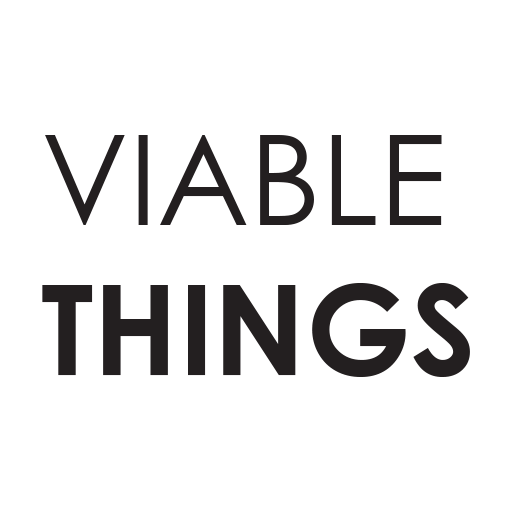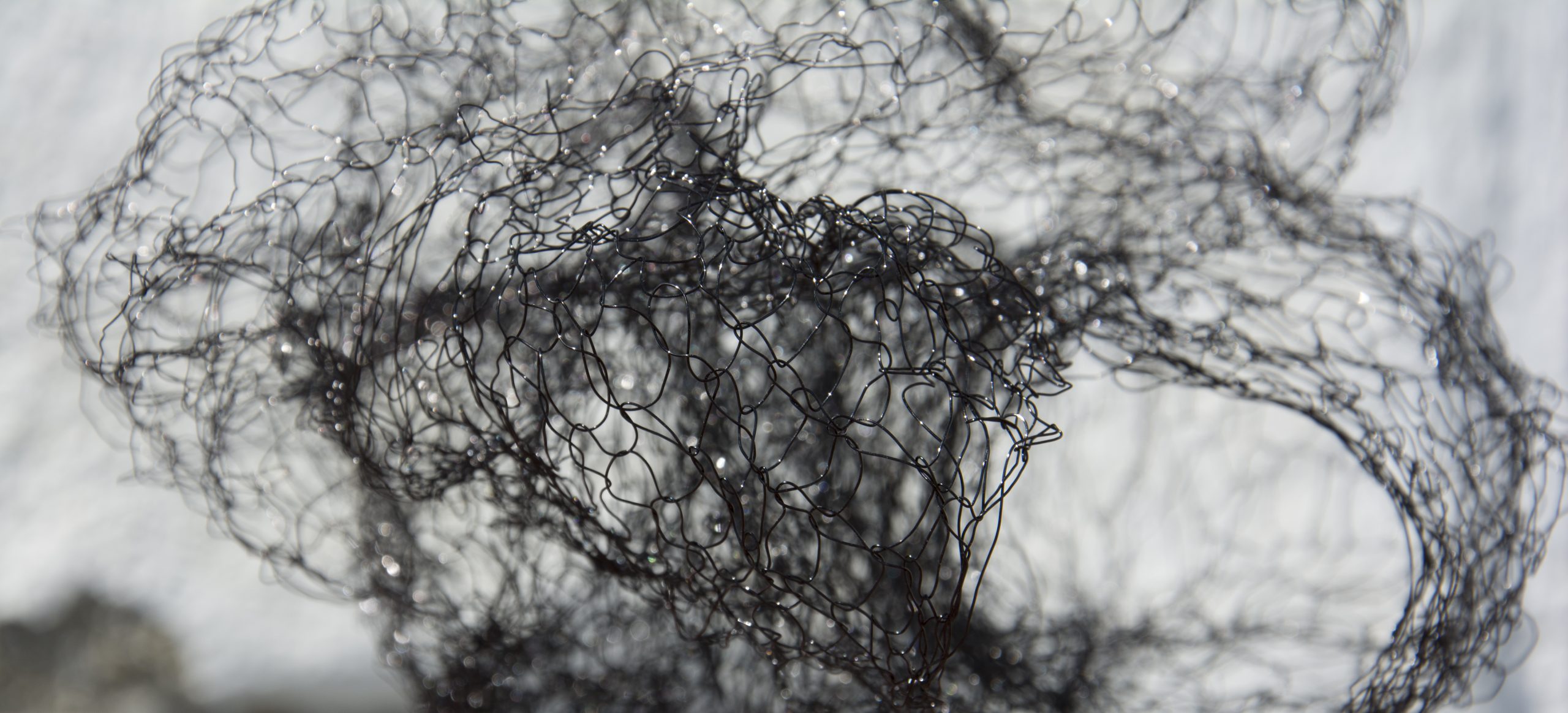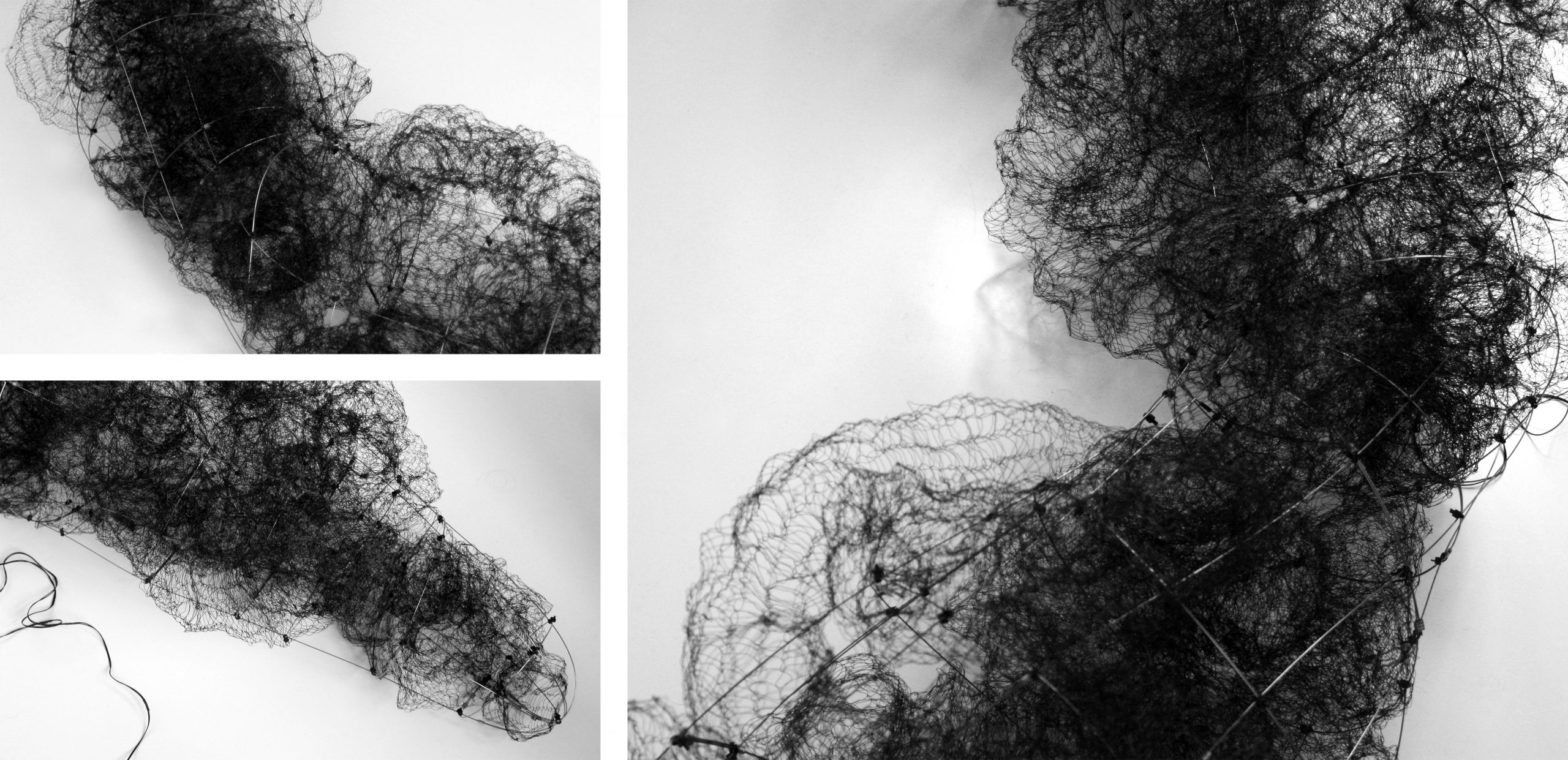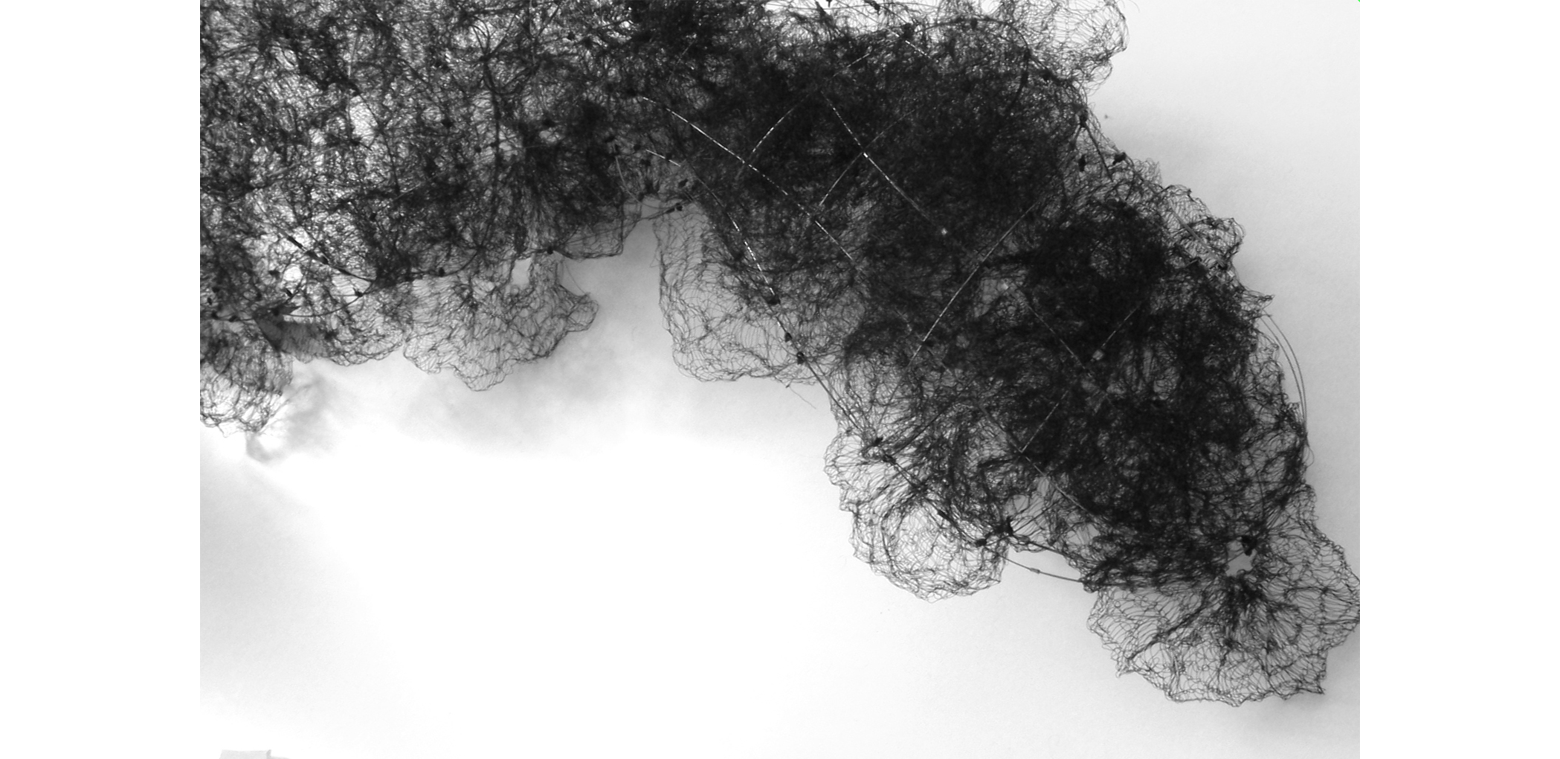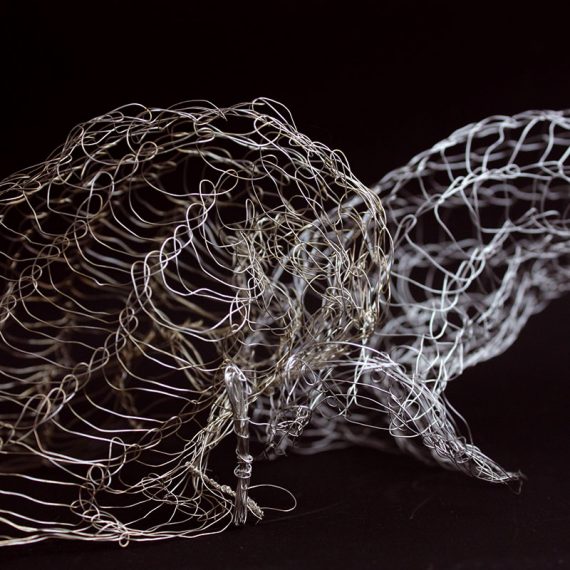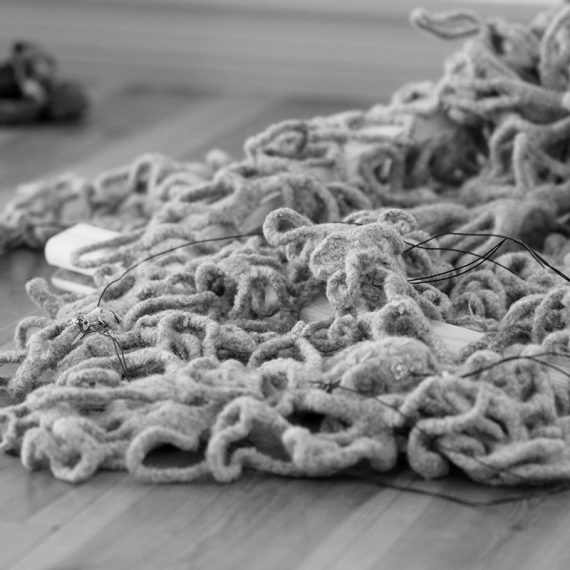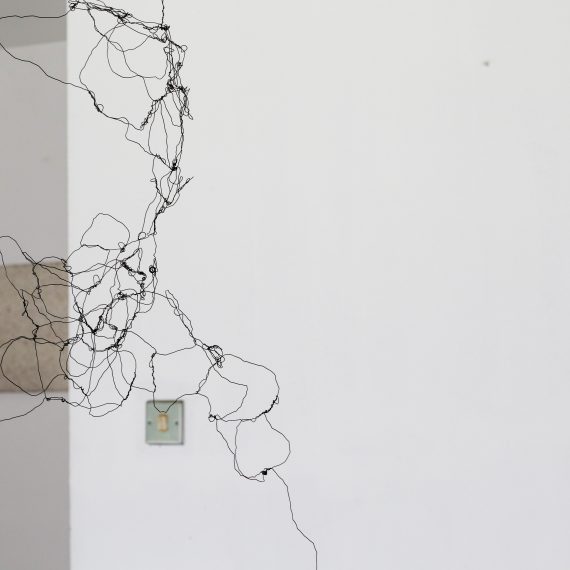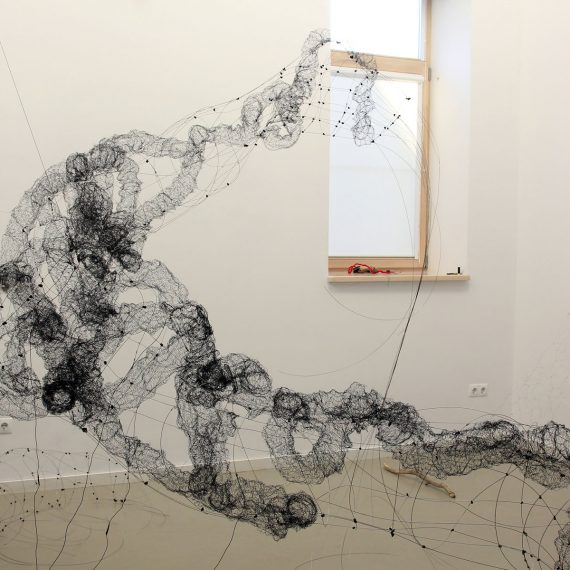The works „reconfigure(d) – object 1 + 2“ are the result of ongoing artistic research in the field of consciousness, subjective experience and states between sleep and wakefulness. During the phase of falling asleep, the hypnagogue phase, we slowly drift into the world of associatively combining images and words. This phase is characterized by the early switching off of our logical centre, the thalamus, enabling our thoughts to run free while we are still conscious (1).
When sleep signals its onset, it is visible in EEG recordings indicated by so-called sleep-spindles (2). Frequency of occurrence of this pattern, which also appears during later sleep phases, correlates with higher power of concentration and consolidation of memory according to scientific research (3). Experiments have shown, that newly acquired skills are repeated by the mind in the hypnagogue phase and consolidated. (4)
New developments of sleep research are introduced in the comparative study by Carol M. Worthman, who shows that sleep behavior in different cultures may have different peculiarities. There are reports on hunter and gatherer societies, whose sleep rhythm is less regulated, as well as rites of initiation, taking place at night and parties during which participants prolong the in-between state before falling asleep artificially (5).
In my work I have examined my own sleep practice. The rhythm, derived from an EEG recording taken during the hypnagogue phase, is basis of the movement of my objects. The completion is viewed as a “poetic act” (6).
While dealing with monitoring technologies, the question of storing this data (so-called cognitive “fingerprints”) came up and how easy the availability of medical data is getting. Will this lead to judgements on the intelligence of people or to predictions of performance?
(Update 2021) Will this quantifiability mean disadvantages for many people in our achievement-oriented societies or will the meritocracy level the playing field (punishing those who still don’t succeed even more)? (7)
„reconfigure(d) – object 1“ was sponsored by BMUKK Austria (Austrian Federal Ministry for Education, Arts and Culture) for the exhibition „New Future“ (Museo di Palazzo Poggi, Bologna, Italy), organised by Bjcem – Association Biennale des Jeunes Créateurs de l‘Europe et de la Méditerranée, January 2013.
Exhibitions:
2013 Group Exhibition New Future (Museo di Palazzo Poggi/Bologna/Italy)
2013 Group Exhibition Junge Kunst Parcours (Palais Kabelwerk/Vienna)
- Magnin, M. et al. (2010): Thalamic deactivation at sleep onset precedes that of the cerebral cortex in humans. In: Proceedings of the National Academy of Sciences of the United States of America (http://scholar.qsensei.com/content/1mhsfq Stand: 12.3.2014.
- Birbaumer, N., Schmidt, R. F. (20066): Zirkadiane Periodik, Schlaf und Traum. In: Biologische Psychologie. Heidelberg: Springer
- Schabus, M., Gruber, G., Parapatics, S. et al. (2004): Sleep spindles and their significance for declarative memory consolidation. In: SLEEP 27(8):1479-85
- Stickgold, R. et al. (2000): Replaying the game: hypnagogic images in normals and amnesics. In: SCIENCE 290:350-353
- Worthman, C. M., Melby, M. K. (2002): Toward a comparative developmental ecology of human sleep. In: Adolescent Sleep Patterns. Cambridge: University Press
- Bachelard, G. (1994): The Poetics of Space. Boston: Beacon Press
- Sandel, M. (2020): The Tyranny of Merit: What’s Become of the Common Good? Farrar, Straus and Giroux.
Year
2013
Techniques
knitted wire, Nitinol-mechanism, Arduino, proximity sensor
Date
May 16, 2021
